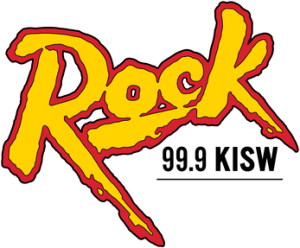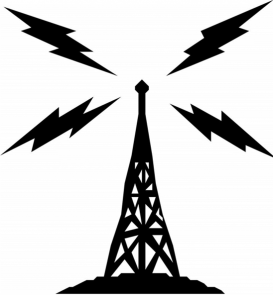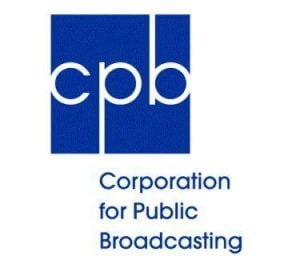Since there’s a lot going on, here’s a digest of today’s news stories we think may interest you:

AllAccess.com is today reporting that rock 99.9 KISW has laid off weekend part-timer Jeetz

Cuts continue at various radio ownership groups as advertising diminishes. Alpha Media has let go a number of on-air personalities in major & medium markets in addition to producers & other staff. Saga Communications who own the Bellingham cluster among others, has cut on-air & production staff at a number of their east coast stations in ME, CT, OH & PA. Forever Media Group has cut over 10 positions at it’s stations in DE & MD including a number of positions at it’s Baltimore radio holdings.

It’s only the first day of the new week & already two AM stations have called it quits & turning in licenses. Sports station “The Ticket AM 1250” WGL Fort Wayne, IN & Christian “Heaven Radio” 1240 WHVN/104.3 W282BP Charlotte NC are the first this week to shut down due to the economic downturn. Last week also saw both AM & FM stations shut down, file for “Silent STA” status or surrender their licenses to the FCC.

NuVoodoo Media Research who release weekly, monthly & yearly data on media consumption have noted increased radio listening as the pandemic intensifies. Nearly 40% of those who took part in a recent study conducted by NuVoodoo Media Services say they are listening to radio more during the health crisis. Breaking it down by daypart, 37% say they are tuning to radio more on weekday mornings; 36% are spending more time dialed-in during middays; 38% say they listen more during weekday afternoons and 26% are listening more at night. Additionally, 39% are spending more time with radio on weekends. While there are concerns about less listening due to fewer commuters on the road, only 19% of respondents say they are listening to radio less on weekday mornings and 16% less in afternoons. As expected, news stations are gaining more listeners, according to the study. Of the 5,000 16-54-year-olds who participated, 58% say they are listening to stations that provide news and information more, while 33% say they are consuming talk radio more since the outbreak. As for using radio for a musical distraction from reality, 35% are listening to their usual music-formatted station, while 29% are stepping out of their comfort zone and listening to a new or different station than what they had been prior to the current health crisis. Only 10% of those polled say they are listening to news and information on radio less, while 18% have cooled off on their regular talk radio listening. Meanwhile, 13% say they are listening to their favorite music station less and 17% say they are listening to different or new music stations less. Of those who now find themselves working from home, 38% are listening to radio more. A similar amount (39%) of those who are still working outside the house are listening to radio more and 31% of those home, but no longer working their regular job have increased their radio listening. The majority are still utilizing radio as they did prior to the health crisis with 53% of those who are still working outside their home reporting that they are listening the same amount of time. And 47% of those working from home are listening to radio the same amount, while 48% of those home, but not working their regular job, continue their same listening habits. While these statistics are good news for radio, they don’t necessarily translate to more profit as advertisers radically decrease their spending putting many radio stations & groups in perilous financial territory.

Public & non-commercial radio stations are also getting hit hard by the economic slump & fall-out from the COVID-19 virus on American’s income. While most listener-supported broadcasters would normally be shortly gearing up for spring fund-drives, their finances have been hard hit by sponsoring businesses underwriting & inability of sustaining members to continue contributions. RadioWorld staff have predicted the ongoing lack of financial support may wipe out much of public radio, particularly in rural communities where it’s needed most. Many public broadcasters are postponing their spring fund drives or conducting ‘mini-drives’ hoping listeners will donate what they can. As part of expansive aid packages, Congress has approved and President Trump has signed a $2 trillion coronavirus relief bill aimed at offsetting the economic impact of the spread of COVID-19. In that package was an additional $75 million for the Corporation for Public Broadcasting “to maintain programming and services and preserve small and rural stations threatened by declines in non-federal revenues.” This support is very welcome among the many rural stations the National Federation of Community Broadcasters interacts with. Yet the reality is stations across America need much more. One could argue that listeners could turn to online sources to keep up with news, bulletins & government directives related to the pandemic, but the reality is that more & more are turning to traditional radio & TV consumption to keep abreast of the latest info.

Some comments may be held for moderation. (New users)